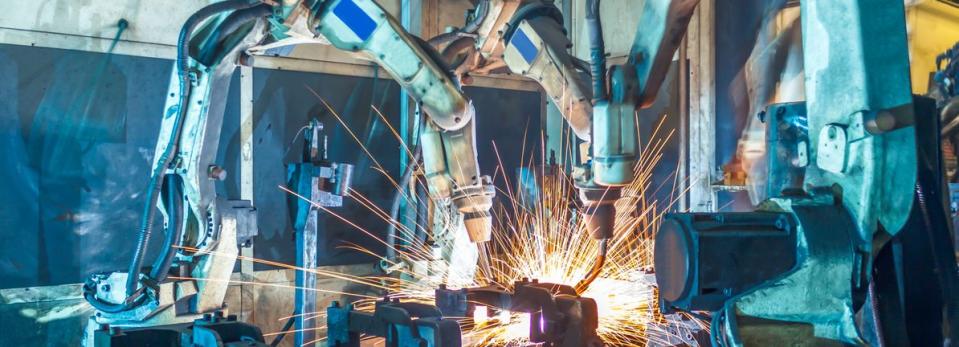Do You Like ITT Inc. (NYSE:ITT) At This P/E Ratio?

This article is for investors who would like to improve their understanding of price to earnings ratios (P/E ratios). To keep it practical, we'll show how ITT Inc.'s (NYSE:ITT) P/E ratio could help you assess the value on offer. Based on the last twelve months, ITT's P/E ratio is 17.33. That means that at current prices, buyers pay $17.33 for every $1 in trailing yearly profits.
Check out our latest analysis for ITT
How Do I Calculate A Price To Earnings Ratio?
The formula for P/E is:
Price to Earnings Ratio = Price per Share ÷ Earnings per Share (EPS)
Or for ITT:
P/E of 17.33 = $59.27 ÷ $3.42 (Based on the year to June 2019.)
Is A High Price-to-Earnings Ratio Good?
A higher P/E ratio means that investors are paying a higher price for each $1 of company earnings. That isn't a good or a bad thing on its own, but a high P/E means that buyers have a higher opinion of the business's prospects, relative to stocks with a lower P/E.
How Does ITT's P/E Ratio Compare To Its Peers?
The P/E ratio indicates whether the market has higher or lower expectations of a company. The image below shows that ITT has a lower P/E than the average (20.1) P/E for companies in the machinery industry.
This suggests that market participants think ITT will underperform other companies in its industry. Since the market seems unimpressed with ITT, it's quite possible it could surprise on the upside. You should delve deeper. I like to check if company insiders have been buying or selling.
How Growth Rates Impact P/E Ratios
Generally speaking the rate of earnings growth has a profound impact on a company's P/E multiple. Earnings growth means that in the future the 'E' will be higher. That means even if the current P/E is high, it will reduce over time if the share price stays flat. And as that P/E ratio drops, the company will look cheap, unless its share price increases.
In the last year, ITT grew EPS like Taylor Swift grew her fan base back in 2010; the 57% gain was both fast and well deserved. Having said that, the average EPS growth over the last three years wasn't so good, coming in at 15%. Unfortunately, earnings per share are down 9.7% a year, over 5 years.
A Limitation: P/E Ratios Ignore Debt and Cash In The Bank
One drawback of using a P/E ratio is that it considers market capitalization, but not the balance sheet. That means it doesn't take debt or cash into account. In theory, a company can lower its future P/E ratio by using cash or debt to invest in growth.
Spending on growth might be good or bad a few years later, but the point is that the P/E ratio does not account for the option (or lack thereof).
How Does ITT's Debt Impact Its P/E Ratio?
ITT has net cash of US$368m. That should lead to a higher P/E than if it did have debt, because its strong balance sheets gives it more options.
The Verdict On ITT's P/E Ratio
ITT has a P/E of 17.3. That's around the same as the average in the US market, which is 17.5. The excess cash it carries is the gravy on top its fast EPS growth. So at a glance we're a bit surprised that ITT does not have a higher P/E ratio.
Investors should be looking to buy stocks that the market is wrong about. If the reality for a company is not as bad as the P/E ratio indicates, then the share price should increase as the market realizes this. So this free visualization of the analyst consensus on future earnings could help you make the right decision about whether to buy, sell, or hold.
Of course, you might find a fantastic investment by looking at a few good candidates. So take a peek at this free list of companies with modest (or no) debt, trading on a P/E below 20.
We aim to bring you long-term focused research analysis driven by fundamental data. Note that our analysis may not factor in the latest price-sensitive company announcements or qualitative material.
If you spot an error that warrants correction, please contact the editor at editorial-team@simplywallst.com. This article by Simply Wall St is general in nature. It does not constitute a recommendation to buy or sell any stock, and does not take account of your objectives, or your financial situation. Simply Wall St has no position in the stocks mentioned. Thank you for reading.

 Yahoo Finance
Yahoo Finance 
